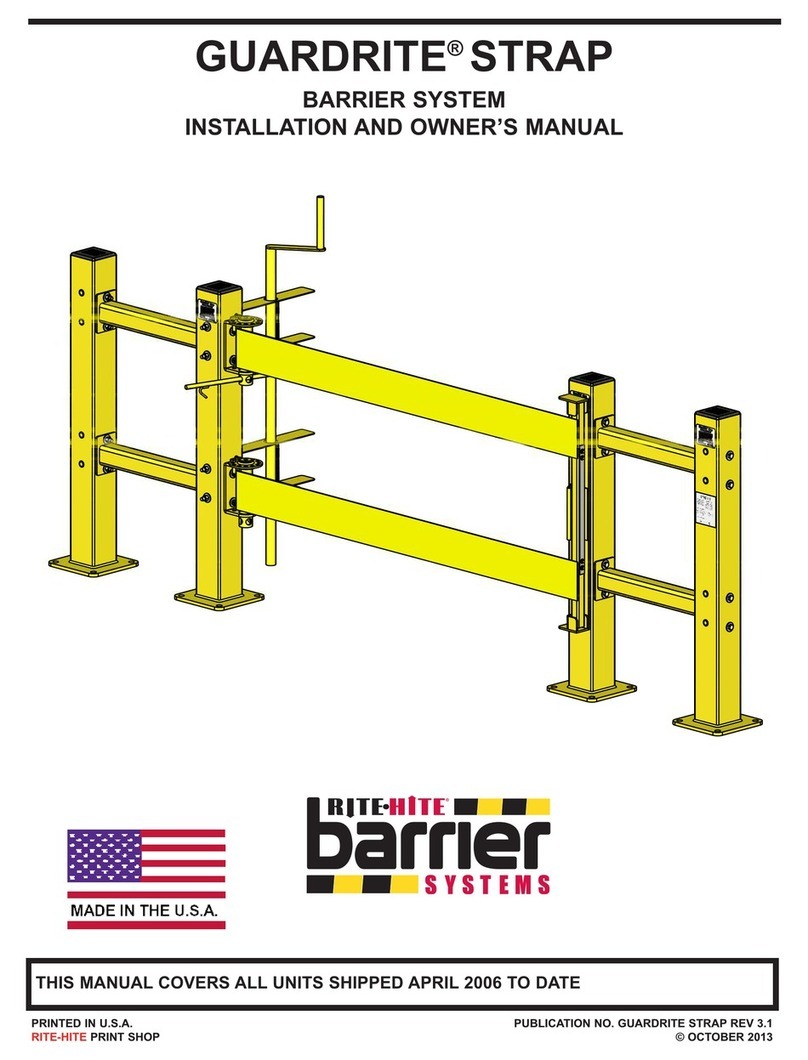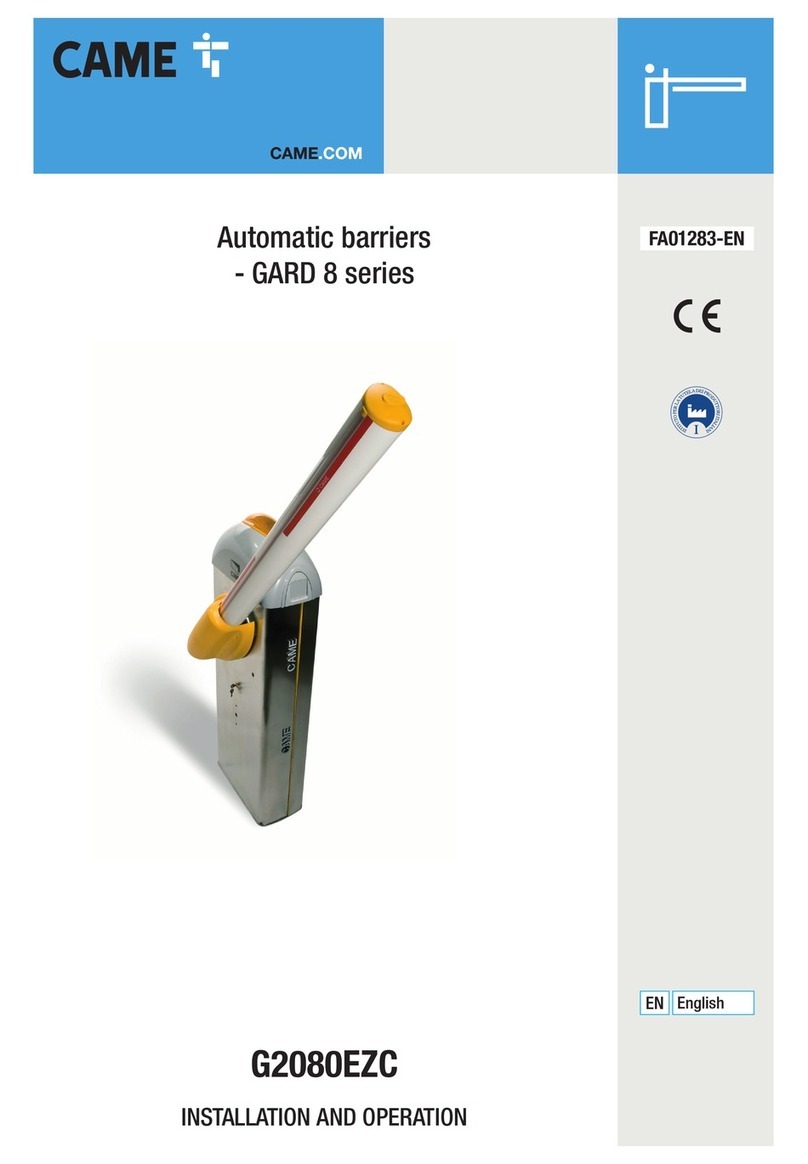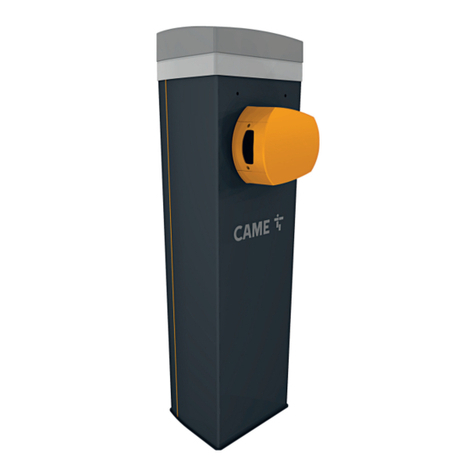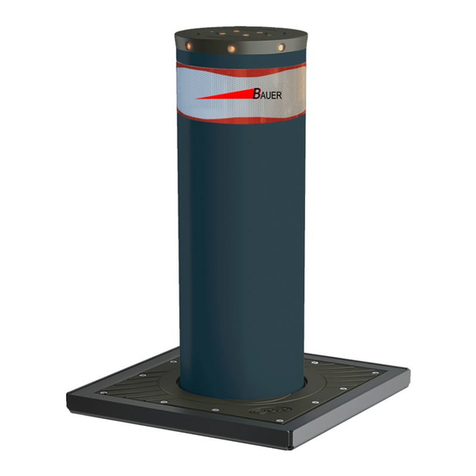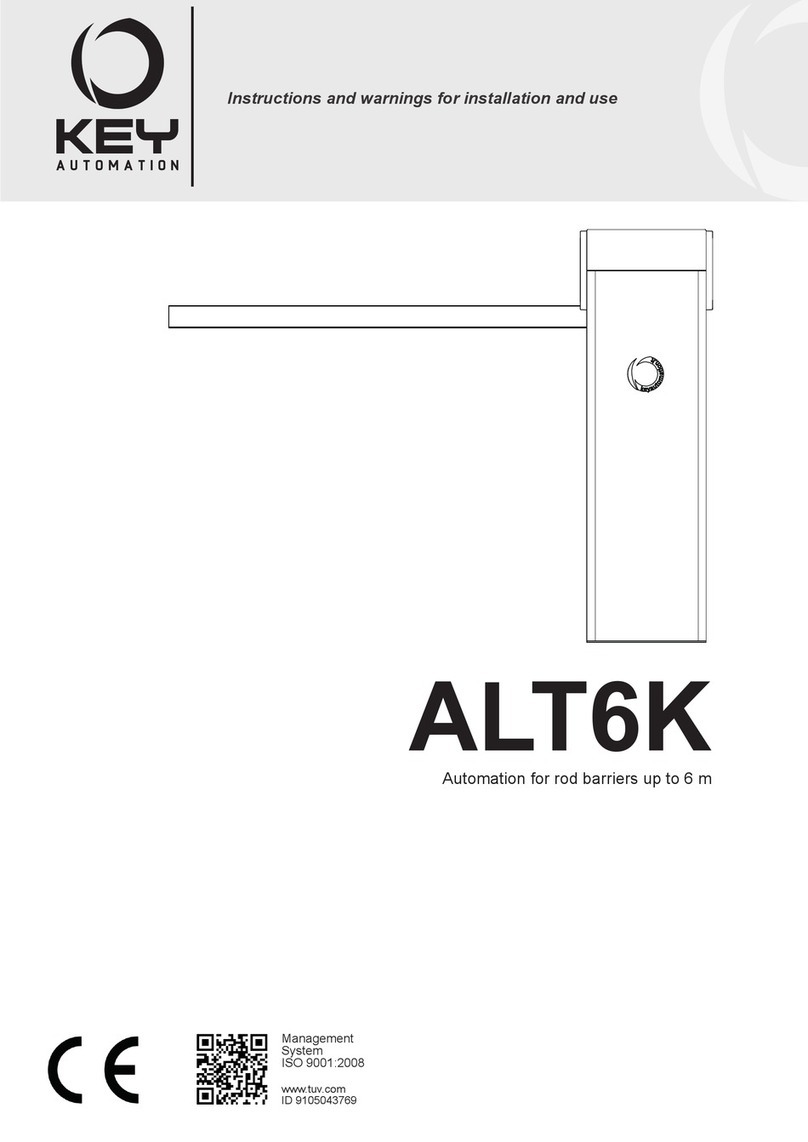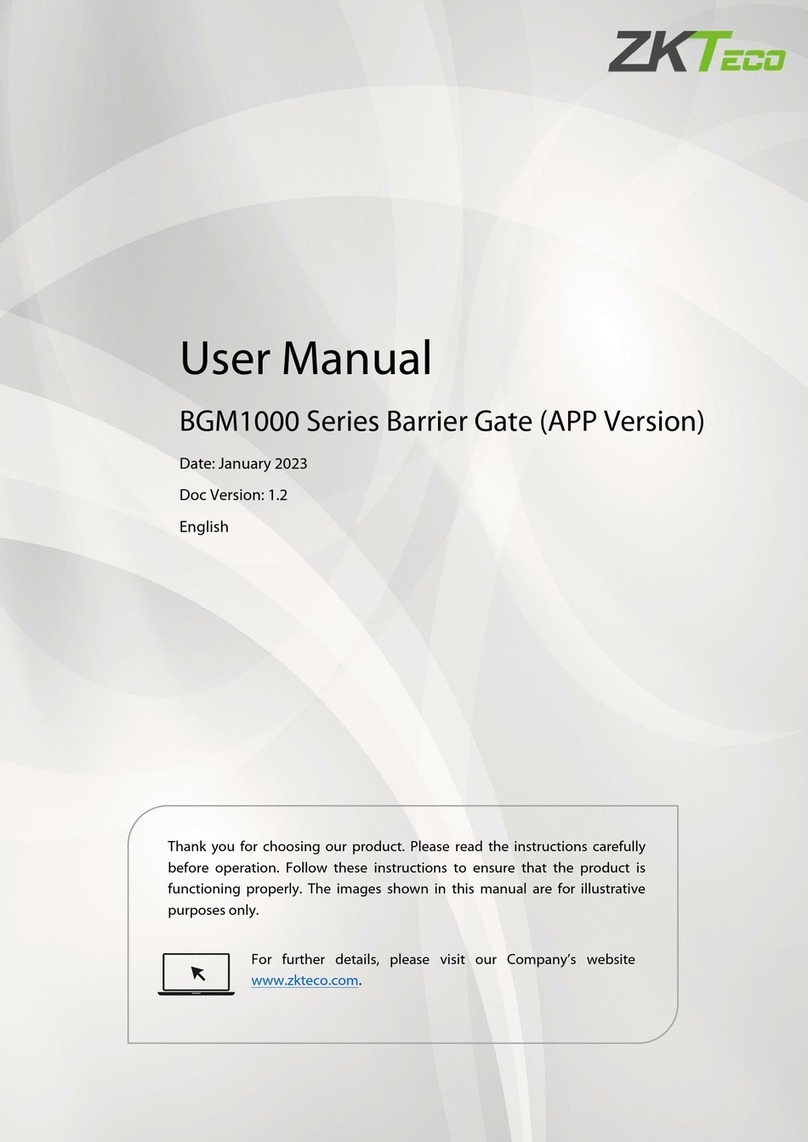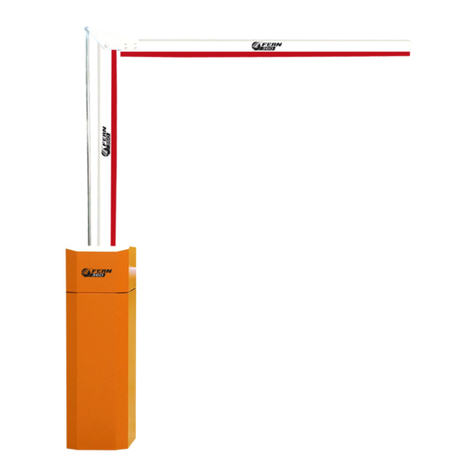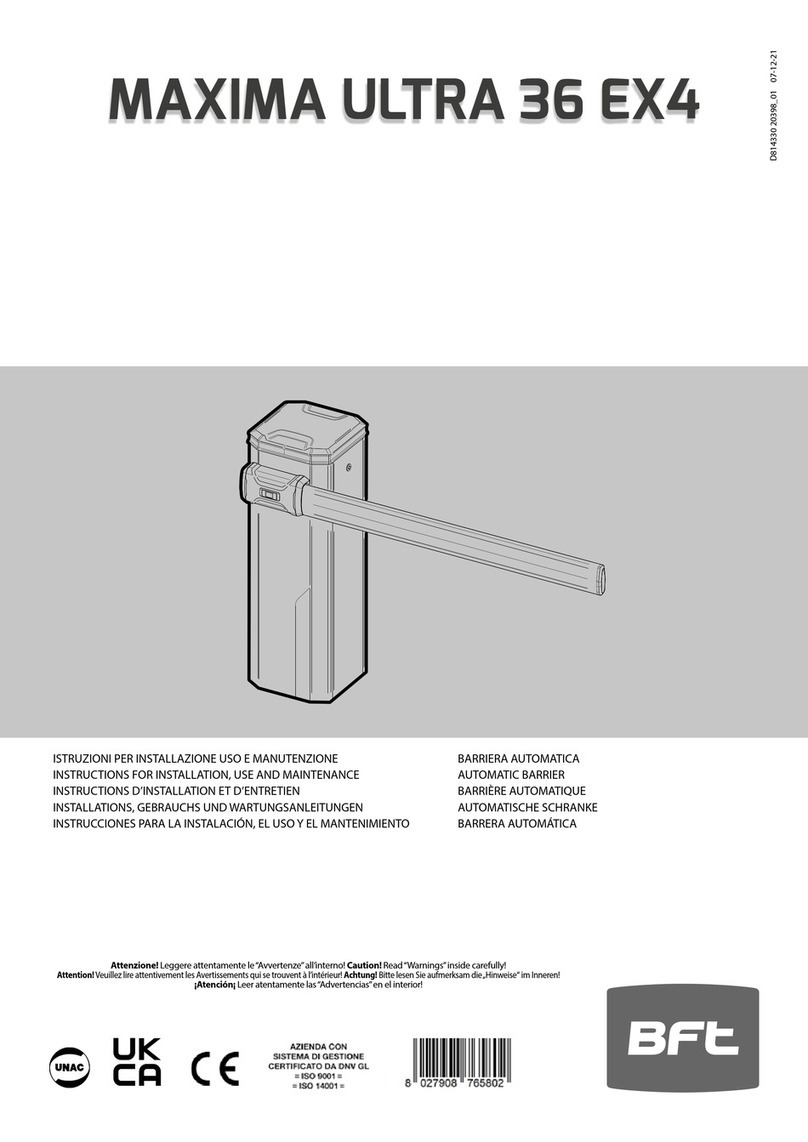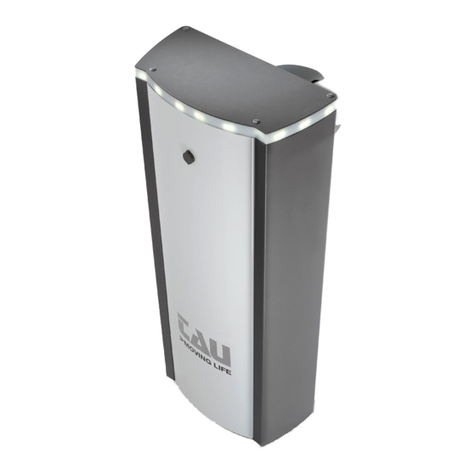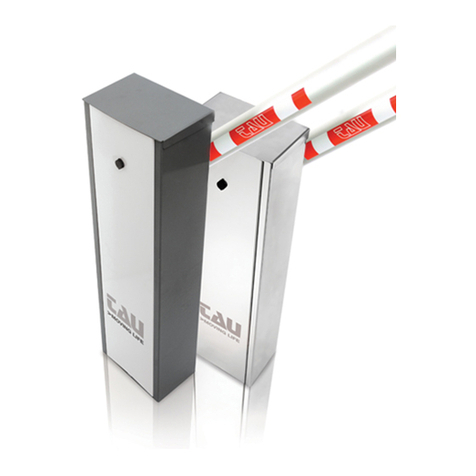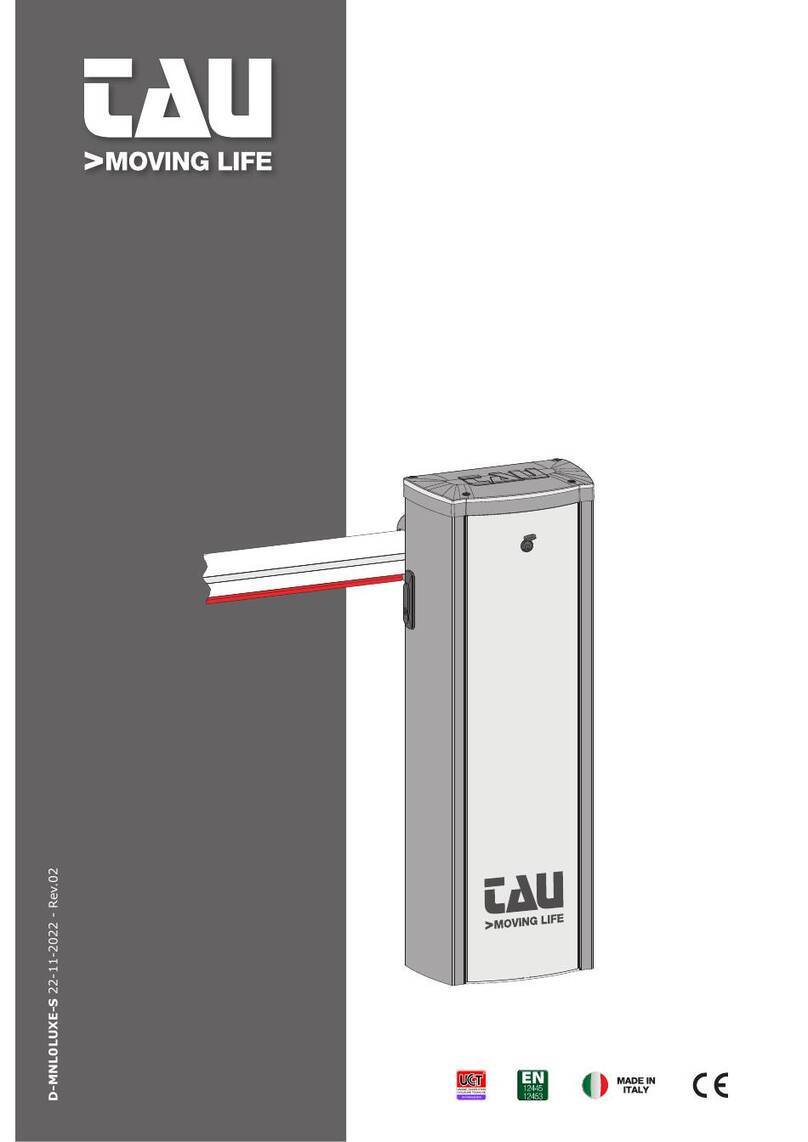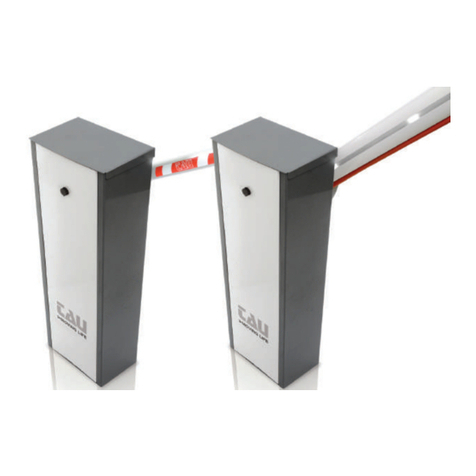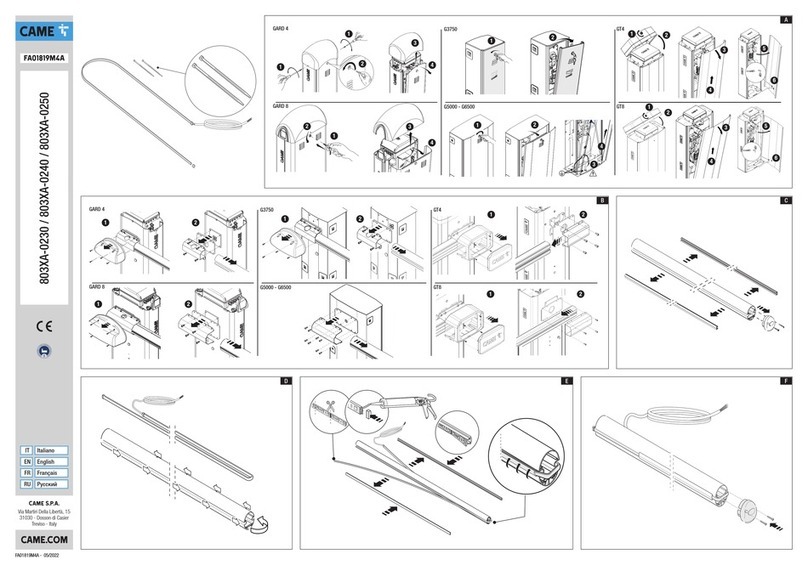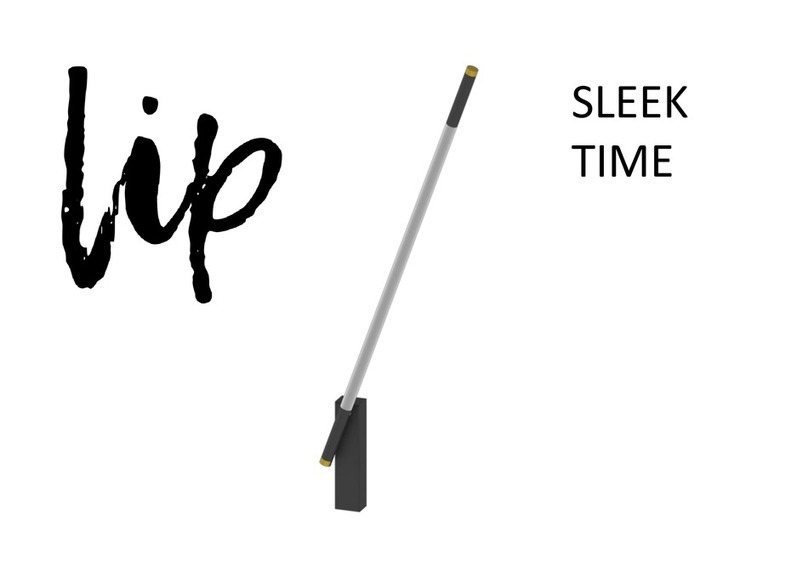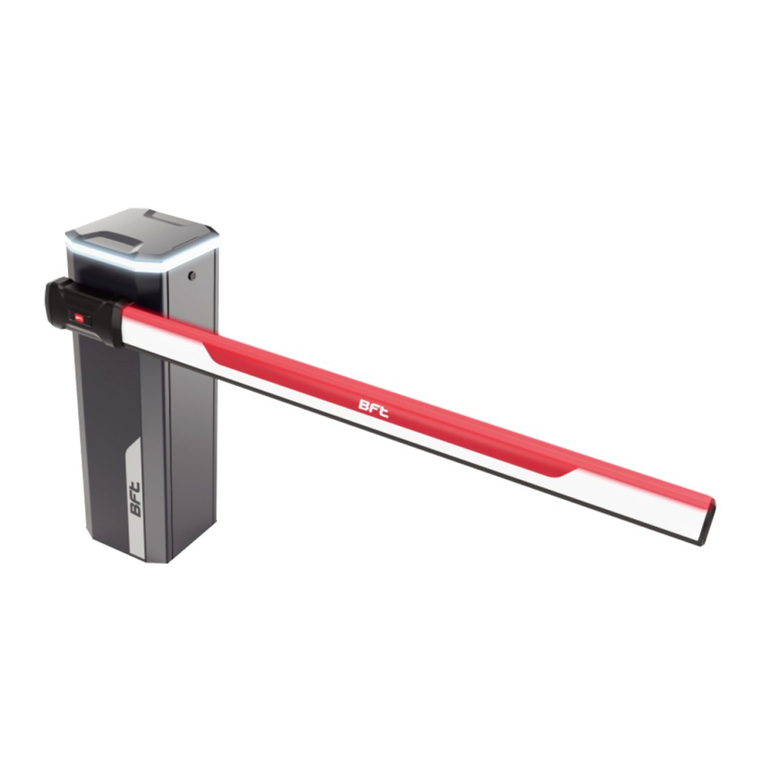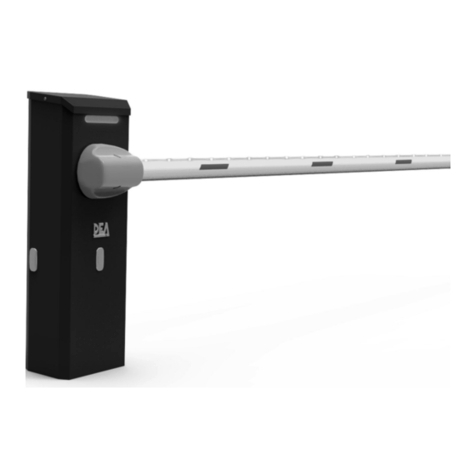
RBLO Series
12
GENERAL ADVICE
1_ If not foreseen in the electronic control unit instructions, check
that a suitable differential switch and an overcurrent protection
are present at the source of the electrical system (C6 single-
pole circuit breaker with a minimum contact opening of 3 mm)
that have the international standards conformity mark. The said
device must be safeguarded against involuntary closure (e.g.
installing a locked panel inside).
2_ Positioning of a pair of photocells: the range of the photocells
must be at a height of 50 ÷ 60 cm from ground level and at a
distance of no more than 15 cm from the movement level of the
bar. Their correct functioning must be veried at the end of the
installation in accordance with the EN 12445 standard.
N.B. Grounding of the system is compulsory!
The data indicated in the present instructions is purely indicative;
TAU Srl reserve the right to modify them at any time.
The system must be produced in compliance with local laws
and regulations.
INSTALLATION WARNINGS
• This instructions booklet is aimed at qualied personnel only
that are aware of the constructional methods and the accident
prevention protection devices for motorised gates, doors and
main doors (abide by the present standards and laws).
• The end user must be issued with an instructions booklet by
the installer in accordance with the EN12635 standard.
• Before commencing with installation, the installer must deter-
mine the risk analysis of the nal automation system and the
placing in safety of the identied hazardous points (in accord-
ance with the EN 12453 and EN 12445 standards).
• The wiring of the various electrical accessories (e.g. photocells,
ashing lights, etc.) must be performed in accordance with the
EN 60204-1 standard and their modication in accordance with
the EN 12453 standard.
• Eventual tting of a manual manoeuvre control button, must be
performed by positioning the button in an area that is not at risk
when operated; furthermore, it must be performed in such a
manner that the risk of involuntary use of the button is reduced
to a minimum.
• Keep the automation controls (buttons, remote controls, etc.)
out of reach of children. The controls must be positioned at
a height no less than 1.5 m from the ground and outside the
operating range of the moving parts.
• Before performing any type of installation, adjustment, main-
tenance operation on the system, turn off the power supply by
means of the thermal-magnetic circuit breaker positioned be-
fore the system.
THE COMPANY TAU HOLD NO RESPONSIBILITY WHAT SO
EVER for possible damages caused by the non-compliance of the
present safety standards and laws during installation.
OVERALL DIMENSIONS
The main dimensions of the barrier are indicated in Fig. 1; Fig. 2
illustrates the dimensions of the foundation base plate.
POSITIONING OF THE BARRIER
The following principles must be followed in addition to the func-
tionality:
1_ before installing the bar, make sure that the area above the bar
is free of all obstacles (balconies, cables, trees, etc.)
2_ a good visibility at a sufcient distance to avoid collision (pay
attention to bushes, etc.)
3_ suitable base to guarantee the secure positioning of the barrier
4_ absence of pipes and/or electrical cables that could be dam-
aged when preparing the site
5_ minimization of the length of the electrical cables that are nec-
essary to operates the barrier
6_ positioning in accordance with the present national standards.
SITE PREPARATION
Construct a rectangular concrete slab (A g. 3) of suitable size
which includes cable outlet holes. If possible use the foundation
base plate (B g. 3), with the 4 supplied tie bars to submerge into
the slab; or secure the barrier cabinet directly to the nished slab
with 4 anchor bolts M10x120 (C g. 3). The thickness of the slab
must be at least 10 cm, remembering that it can be deeper if the
ground conditions require it.
ANCHORING OF THE BARRIER
The barrier is now placed in position, without the bar, and xed to
the base by securely tightening the nuts to the tie bars (or anchor
bolts). The perfect stability of the anchorage is controlled and if
necessary, the nuts are tightened further.
BARRIER DIRECTION ADJUSTMENT
Right-hand barriers (RH) are barriers that have the cabinet on the
right-hand side viewed from the inside of the passageway (the
door is normally on the inside).
1_ The barrier can be right-hand operating (RH) by tting the
plates as shown in A Fig. 4.
Left-hand barriers (LH) are barriers that have the cabinet on the
left-hand side viewed from the inside of the passageway (the door
is normally on the inside).
2_ The barrier can be left-hand operating (LH) by tting the plates
as shown in D Fig. 4.
“RBLO” is normally delivered in the RIGHT-HAND (RH) version.
If it needs to be transformed to LEFT-HAND (LH), proceed as fol-
lows:
1_ after having removed the nuts and washers, remove the upper
support (B g. 4), rotate it through 180° and secure it again;
RBLO-E: remove the limit switches and install them on the op-
posite side of the support (1B, g. 4);
2_ Remove the mechanical stopper (1C, g. 4) and install it on the
opposite side oh the cabinet (2C, g. 4);
3_ Once the barrier direction has been changed the motor con-
nections must be inverted (see K205M instructions for RBLO,
K101M instructions for RBLO-E).
Note: once the direction of the barrier has been changed, the
position of the devices are inverted.
SECURING OF BAR AND BALANCING
Balancing is fundamental for the correct function of the barrier.
This operation is only performed after the bar has been tted
in its nal position with all possible accessories.
All operations are performed with the power supply switched off
and the barrier released (see chapter “manual release”):
g. 5: close the end with the supplied cap (E); insert the bar (A)
into the bar holder (B) and secure it with the 2/4 bolts (C)
and nuts (D);
Important: the boom must be completely inserted into the
boom holder.
g. 6: keeping at a safe distance, operate the manual release (A).
The bar must lift to 45° on its own, otherwise turn the spring
preloading nut (B) (19 Allen wrench). Lower the bar, release
it and check that it has reached 45°.
Note: if a load is needed that is greater/lower than that permit-
ted when balancing, move the eyelet (1 D g. 4) into the hole
on the right or left to increase/decrease the load capacity.
MANUAL RELEASE
1_ Introduce the supplied release key (1 g. 7);
2_ turn the key through approx. 330° in a clockwise direction (if
it is a bit tight at the beginning, apply more force, there is no
danger of causing damage).
Turn the key as far as it will go before manually operating the
bar.
Once the bar has been released it should automatically posi-
tion itself in the balanced position (approx. 45°)
POWER SUPPLY CONNECTION AND EXTERNAL CON-
TROL AND SAFETY SYSTEMS
Each device, including the power supply, must be correctly in-
stalled in accordance with the present standards. Separate the
power cables from the control cables, especially if the distances
are long (over 50 m). TAU advise that the cable sections (exclud-
ing the aerial) should be: power supply 1.5 mm², other cables 0,5
mm² and in any case should abide by the IEC 364 standard and
the local installation standards. After having removed the locking
nut (2 g. 8), remove the cabinet cover (1 g. 8) to access the
control unit.
N.B.: The internal wiring has already been made and tested.
The power supply, external photocell, and possible remote
control must be connected and the control unit programmed.
ENGLISH
